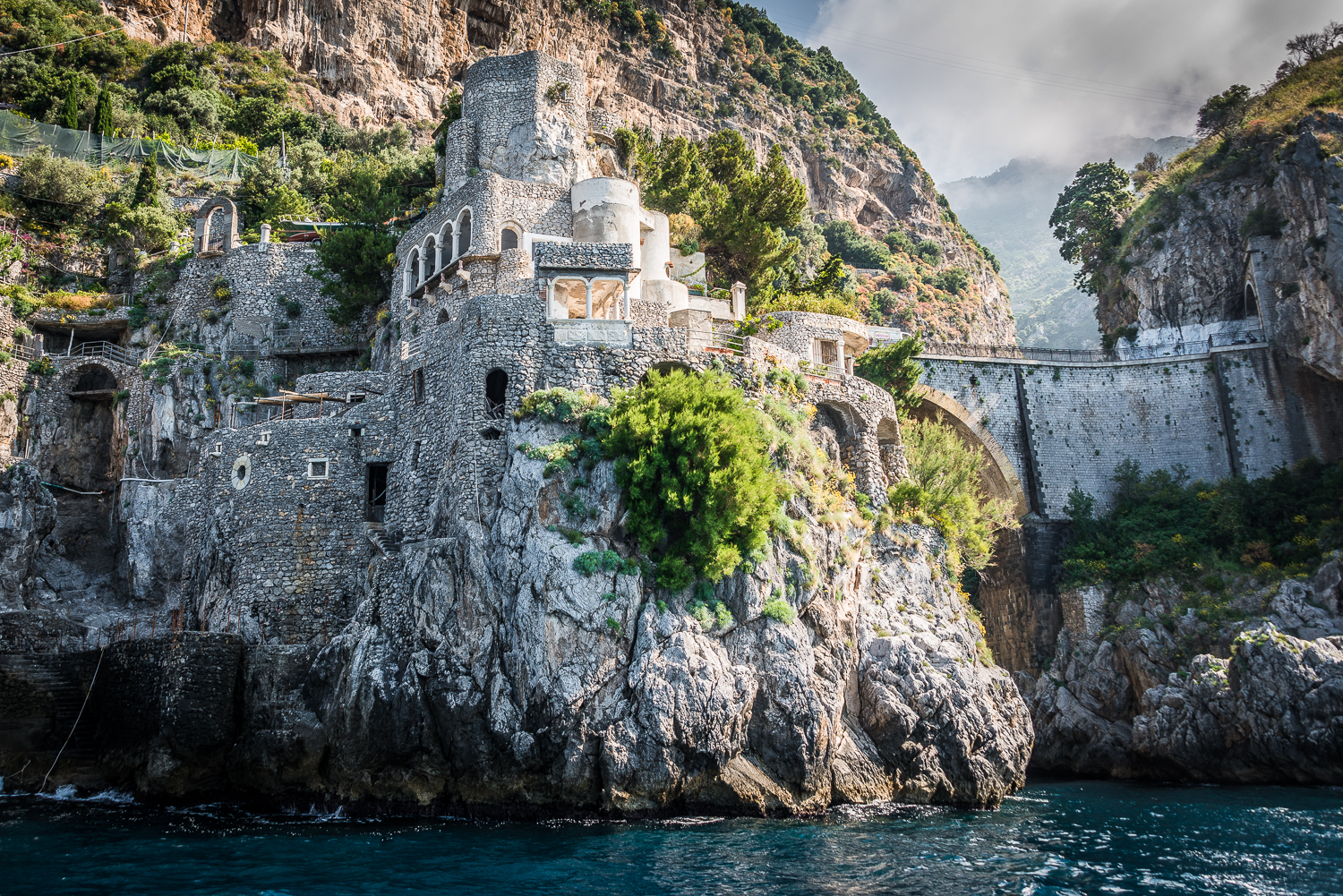“The l’uomo della pizza (pizza man) was standing out front contemplating…who knows what? Which adds just a bit of mystery to the photo, don’t you think?”
I’d have to say that Rome by night is a good bit more enjoyable than Rome by day. The summer heat, traffic and general hub-bub of the day are gone.
It’s as if the setting sun acts as a catalyst to transform the streets, piazze and campi of each neighborhood into something that is far more charming, more romantic, and of course, more temperate.
It was during a late evening stroll to the Trevi Fountain that we came across this scene at a neighborhood pizzeria.
The l’uomo della pizza (pizza man) was standing out front contemplating…who knows what? Which adds just a bit of mystery to the photo, don’t you think?
Upon spying him standing there, I quickly dropped to one knee to take this photo, as I visualized him being the dominate object of the image, and the lower camera angle seems to make him a bit larger than life.
Because I was kneeling down, with the camera aimed slightly up, there was a good bit of distortion as the vertical lines of the buildings converged. So here is the image after I eliminated the vertical distortion.
You can see that a bit of the photo has been lost due to the correction, but as I was shooting wide angle, there was plenty with which to work.
I am now ready to do a bit of cropping and adjustment to color balance and lighting.
In the version above, you will note that the interior of the pizzeria is well lit, while our pizza man is in shadow – as are the tables and patrons. After a bit of work, we can see below that the building exterior, table, patrons and the pizza man have been illuminated, while the interior has been darkened a bit.
Additionally, I really liked the texture of the paving stones and the shadows that our pizza man was casting, so I emphasized those aspects, too.
Finally, a bit of cropping to get right down into the subject of the photo resulted in the version you see just above.
That was a good bit of cropping of the original image wasn’t it? Yet, there is still a lot of detail in the photo. My camera gives me the ability to do significant cropping without a lot of loss of resolution. The Nikon D800 is a 36mp camera – this camera has a huge sensor, whereas the vast majority of other cameras are in the 10-12mp range. That gives me a lot of room to isolate objects in the image.
For my final version, I found the two patrons on the right and the Hostaria store to be distracting. I was able to crop out the store, but the two patrons had to be removed through magic – even Harry Potter would be jealous.
In cropping, it was important to the composition that our pizza man is off-center a bit to the left. Since he was looking to our right, we need to give him some room to gaze.
So, here is the final photo, which can be found on my website in the Rome gallery.
I like the feel of this late evening shot -- colorful cloths on the street-side tables, two patrons studying the menu to select just the right ingredients for their pizza, and our l’oumo della pizza contemplating…what?...use your imagination.
If you would like to speculate upon that which he contemplates, use the comment box, below.
My Twitter feed...











